News
Musk and Straubel talk about the Model 3 ramp and solar power
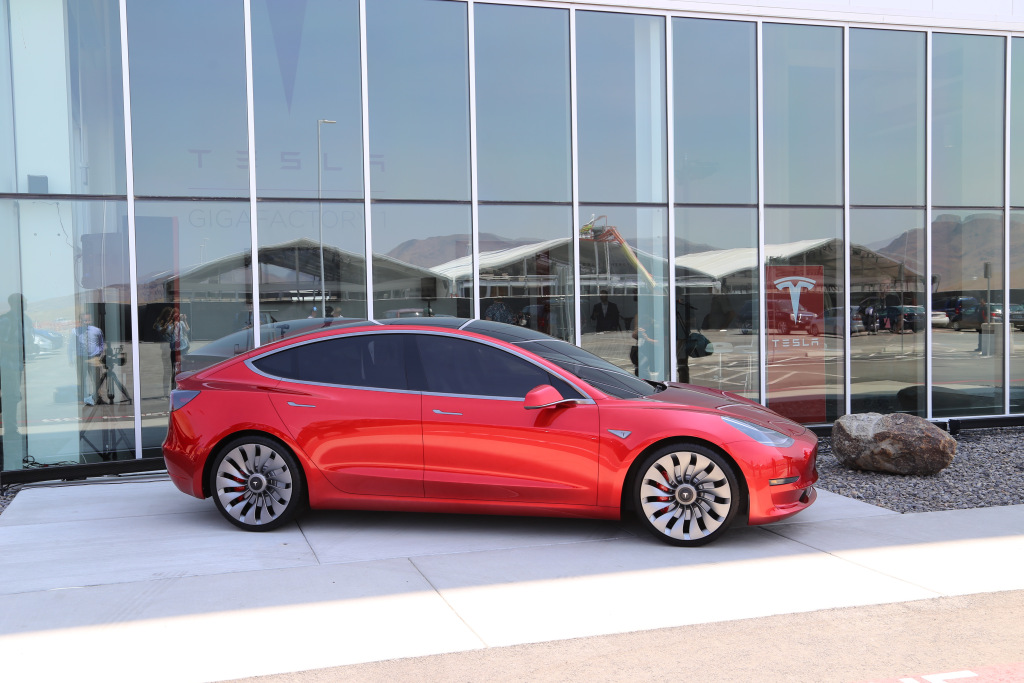
At the press conference held in the lobby of the Gigafactory on Wednesday evening, Elon Musk and JB Straubel told the press a great deal about the upcoming Model 3 and the company’s new focus on solar power.
On The Model 3
Musk: “I believe we are on track to meet the half million by 2018. The hardest thing to predict is really the ramp. The ramp looks like an S curve and grows exponentially. Initially the ramp looks really tiny and as you eliminate bottle necks you climb the ramp and you level off. Its always difficult for us to forecast the exact shape of the S curve for the production ramp.
“It’s much easier for us to forecast when things are going to be steady state. So we’ve been pretty good about forecasting 2018, whereas 2017 is much more in the air because we’ll be working through a complex production ramp.”
Straubel: “One of the points is the schedule and ramp up plan for the Gigafactory. With the pull up of the Model 3, and the volume goal to meet a half million cars by 2018, we also have had to pull up the Gigafactory schedule to supply the cells and battery packs for the Model 3.
“What that means is for the earlier schedule for the Gigafactory, we’ve had to pull that ahead by two years. By 2018 we have to be at 35 gigawatt hours of production to support those Model 3s. You can see the evidence of that around the factory. And Panasonic has done their part to absolutely stay in sync with that as we’ve accelerated the schedule for Model 3.”
On The Size Of The Gigafactory
Musk: “What you’re seeing is only 14% of the size of the factory overall. It’s quite huge. One of the things we discovered as we got more into the Gigafactory design and optimizing what it could do, we thought we could probably achieve about three times the output that was originally planned.
“So we originally expected to make about 35 gigawatt hours at the cell level and about 50 gigawatt hours at the module or pack level. Now we are expecting to do about 150 gigawatt hours in the same volumetric space as the original design. We can expect to see 10,000 [workers], compared to the 5,000 or 6,000 previous estimate. Maybe in three to four years.
“Things are on track to be able to meet the Model 3 plan next year. We’re really excited about what’s happening here.”
Powerwall and Powerpack business
Musk: “Stationary storage will be as big as the car business long term. The growth rate will probably be several times what it is for the car business. We roughly assume that it’ll be probably a third of our output. But the growth rate is faster, so then grow to probably match what it is for cars.
Solar Power And The Utility Grids
A battle is being waged between alternative power solutions and traditional utility companies. SolarCity has recently shut down operations in Nevada, putting 500 people out of work because policies instituted by the Nevada PUC the company feels are unfavorable to rooftop solar. At the press conference Wednesday, Musk made several remarks about the solar power industry and traditional power generation. He was careful to acknowledge alternative energy can cause strains for traditional utilities and grid operators.
Musk: “Solar power production actually helps the grid to a certain point. Only past a certain point does it create issues with the grid. A utility can handle up to 20% of production from solar and that helps the grid because it produces electricity when needed. Solar power peaks in the middle of the day and that’s also when air conditioning is running and businesses are operating, so power production matches usage.
“But once you exceed the 20% level, then it does become more difficult for utilities to power balance the grid. So I think it makes sense for net metering to be there up through the point where it helps the cost structure of the grid. That’s the logical thing. The utilities in some cases have tried to obfuscate that its actually helpful, and have tried to lower that number of 20% to like 3%.
Tesla And Grid Services
Musk: “I think we’ll get into grid services eventually. The goal of Tesla is to accelerate sustainable energy, so we’re going to take a step back and think about what’s most likely to achieve that goal.
Autopilot
Sandwiched into the discussion was a question about whether Musk has any regrets about how Tesla introduced its Autopilot system, especially after Consumer Reports issued a call for the company to disable the Autosteer function recently.
Musk: “No, I think we did the right thing. I think we improved people’s safety, not just in fatalities but also injuries. We can see how it actually reduces impact velocity. It can reduce impact from 76 miles per hour to 46 miles an hour. That’s massive.
“We polled Tesla owners, do you want autopilot disabled or not. Not one person wanted it disabled. That’s pretty telling.”
Source and photo credit: Fortune
News
Neuralink Head of Surgery teases exciting Tesla Optimus update
If successful, the test could result in Neuralink patients accomplishing impressive feats using Optimus.
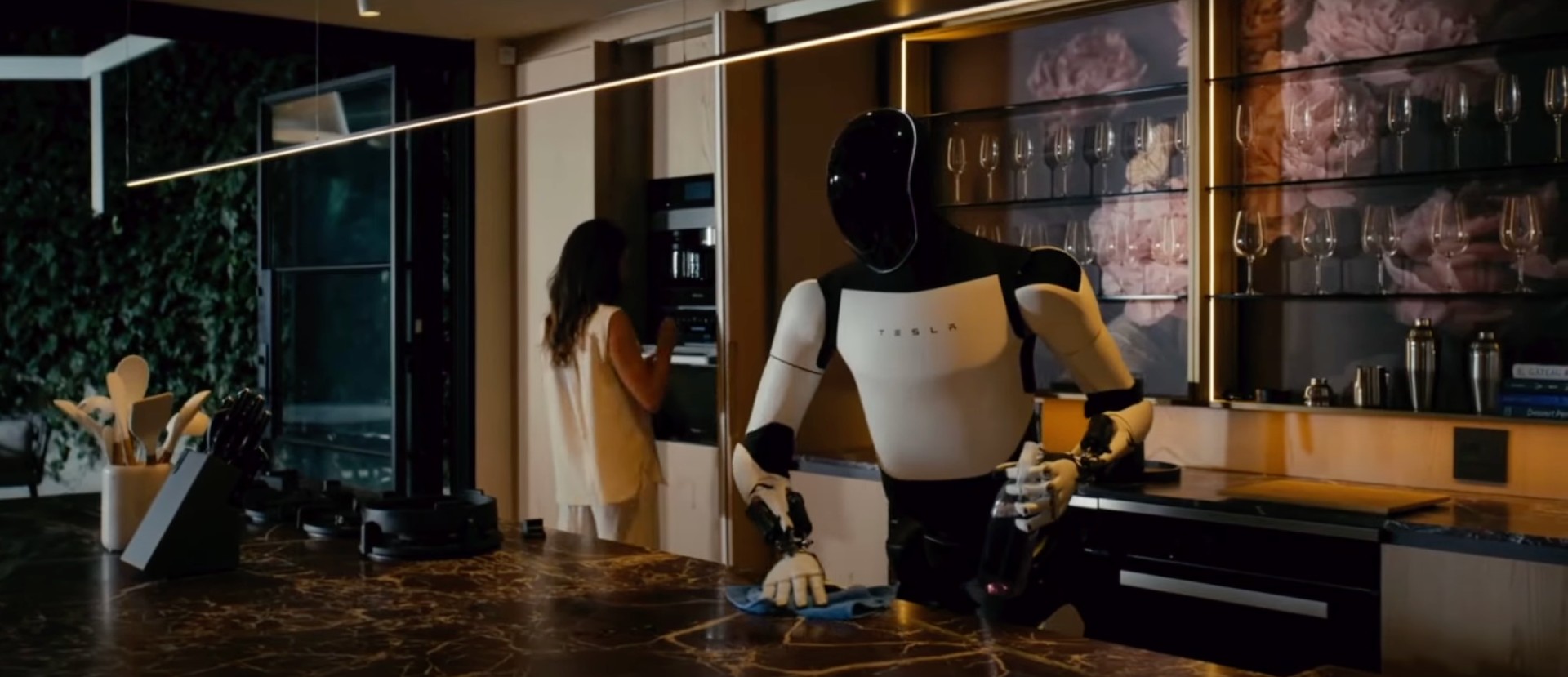
Neuralink’s Head of Surgery has teased what could very well be the an incredibly ambitious and insane collaboration with Tesla Optimus, Elon Musk’s humanoid robot that is expected to start initial trial production sometime next year.
If successful, the test could result in Neuralink patients accomplishing impressive feats using Optimus.
Neuralink’s current trials
Neuralink recently shared a video of Alex, the second human recipient of its Telepathy device. Alex is part of Neuralink’s PRIME study, and he was selected to be the first patient to control a robotic arm using only his mind. As could be seen in the video, Alex is now capable of operating household appliances using a robotic arm that he controls with his mind.
In response to the video, which was posted by Neuralink co-founder and President DJ Seo, the startup’s Head of Surgery Mechanical Engineering, Danish Hussain, joked that the company is really just helping out people. This was despite critics arguing that Neuralink is some giant evil corporation. “We’re literally just out here helping the homies eat pretzels lol,” the Head of Surgery ME wrote.
Next steps with Optimus
The Neuralink Head of Surgery ME’s comments caught quite a bit of attention on X, with some, such as Elon Musk, highlighting that Neuralink is actually a pretty small company. Other commenters also asked whether Neuralink would eventually train its patients with Tesla Optimus V2, a humanoid robot. Hussain shared an exciting response: “We’re starting simple, but this will happen very soon!” he wrote in a post on X.
Having the capability to control an Optimus robot using only the mind would most definitely be a life-changing ability for Neuralink’s patients. Of course, Tesla might wait until Optimus V3 gets rolled out before such a trial might happen, as that is the variant of the humanoid robot that seems to be heading for mass production. Either way, it seems like an age where Optimus robots can be controlled by thoughts using a Neuralink implant may be coming sooner than expected.
News
Tesla Supercharger Network is so reliable, it’s pushing Model Y sales
Tesla’s Supercharger network is proving to be a key factor in the company’s dominance in several key markets.
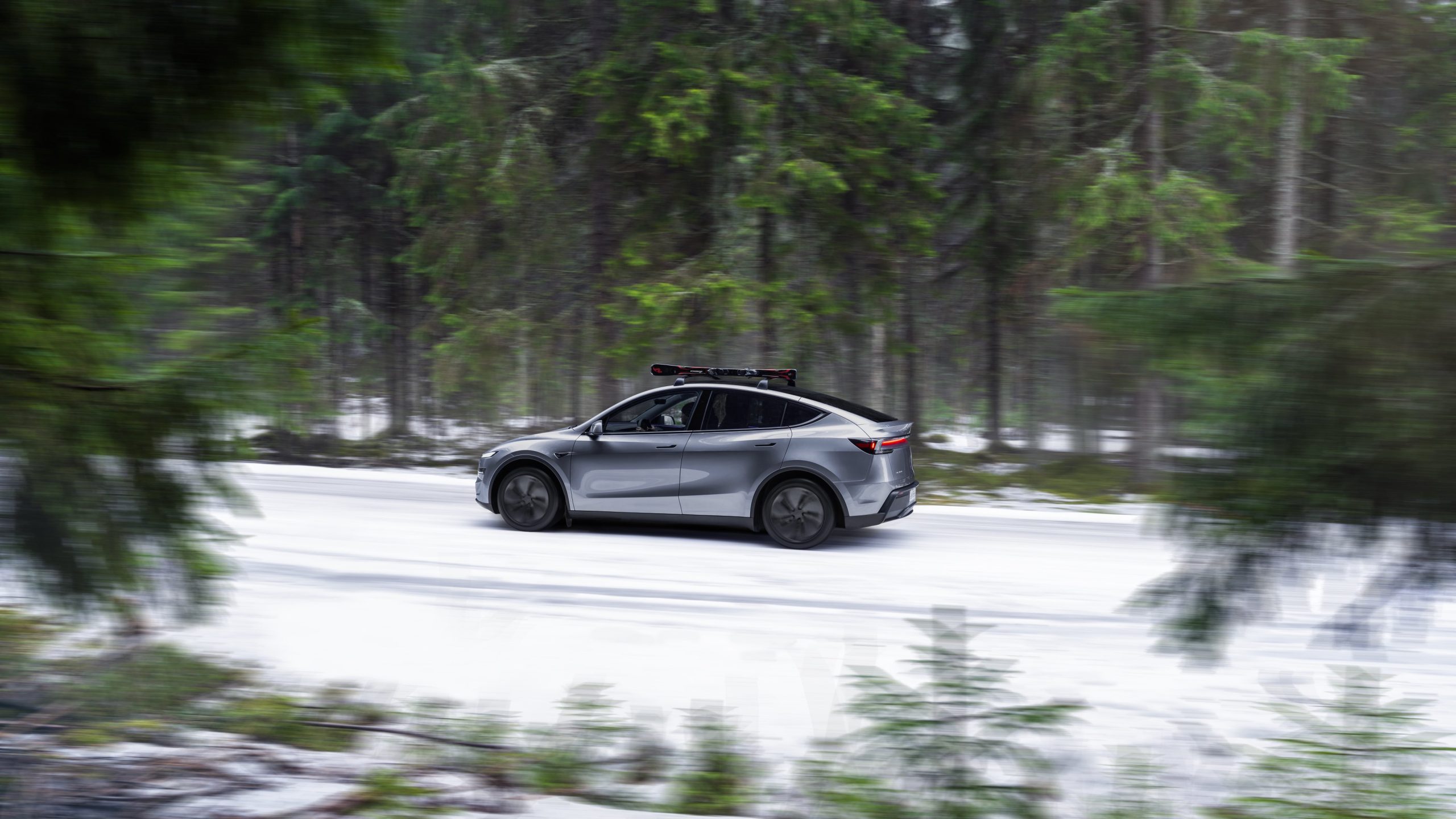
Tesla’s Supercharger network is proving to be a key factor in the company’s dominance in several key markets. These include Norway, which has become a place of strength for the new Model Y.
This was hinted at by Tesla’s Director of Charging, Max de Zegher, on social media platform X.
Supercharger network sets the industry standard
As noted by the Tesla executive, the Model Y accounted for 29% of all vehicle sales in Norway in September. Part of the vehicle’s success was likely due to the reliability of the Supercharger Network, which is class leading even in Norway, where 98% of new cars sold are electric.
De Zegher emphasized on X that Tesla Superchargers are still in a class of their own. An EPSI survey of nearly 1,500 Norwegian EV drivers supported his claim, as Tesla Superchargers retained first place in customer satisfaction for the fifth consecutive year.
The EPSI Survey‘s results
Respondents to the EPSI survey praised the Supercharger network’s strong uptime, abundant capacity, and user-friendly digital solutions, placing it ahead of other operators such as Uno-X. Survey researchers highlighted that Tesla has set the standard when it comes to simplicity in the charging process.
Drivers also cited competitive pricing and seamless plug-and-charge functionality as major reasons they prefer Tesla’s network, especially in Norway’s extreme winter conditions where reliability is critical.
“Tesla has set the standard for simplicity in the charging process. Combined with competitive prices, this means that many electric car drivers say they are likely to choose Tesla again the next time they need to charge,” EPSI noted in a post.
News
Tesla top exec Tom Zhu highlights Elon Musk’s “prime directive” for FSD
Zhu’s comments emphasize Tesla’s uncompromising focus on safety, which has made the company’s vehicles among the safest on the road.
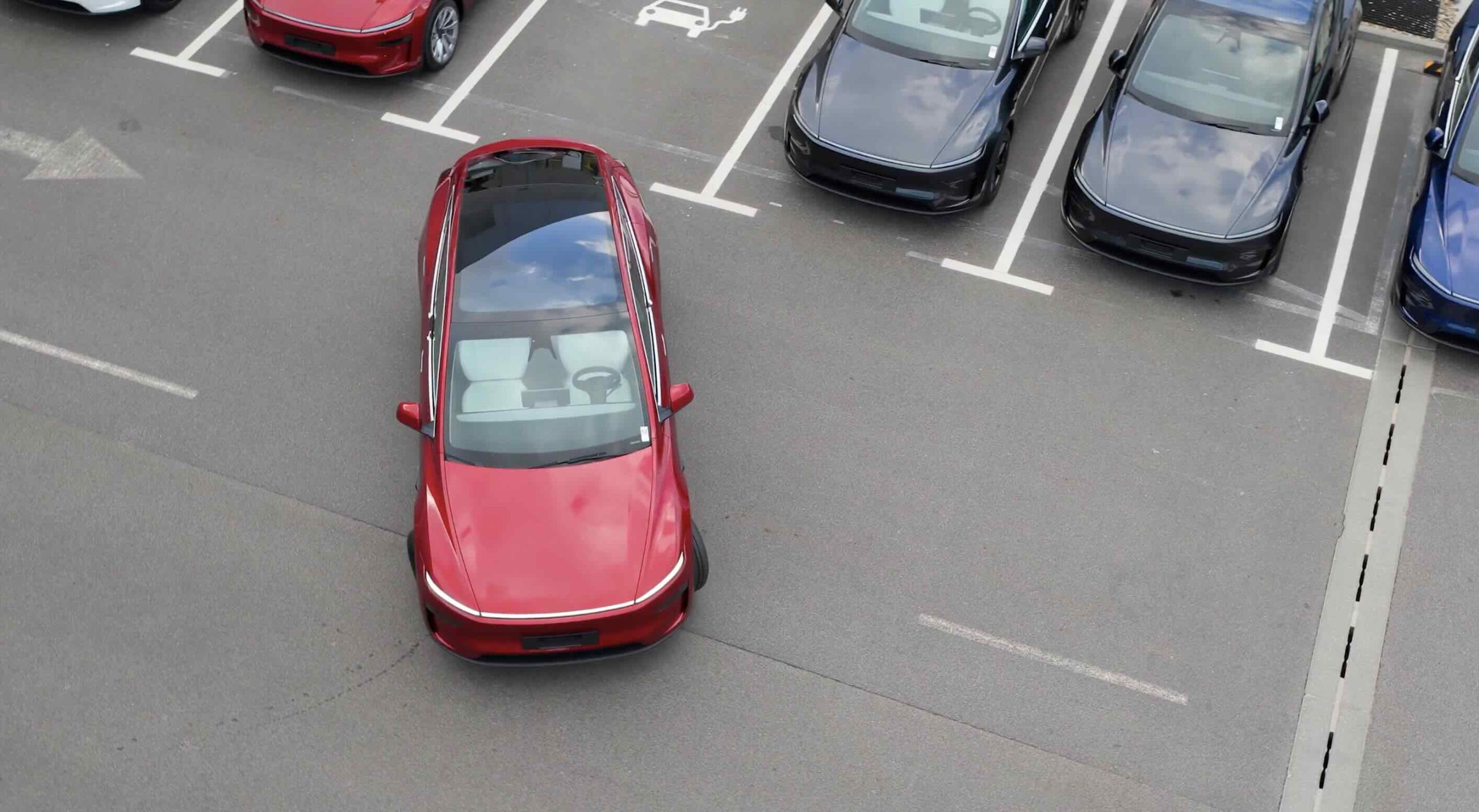
Tesla Senior Vice President for Automotive Tom Zhu, a key executive behind the company’s success in China and Giga Texas, recently highlighted the “prime directive” of Full Self-Driving (FSD).
Zhu’s comments emphasize Tesla’s uncompromising focus on safety, which has made the company’s vehicles among the safest on the road.
Echoing Musk’s vision for safe autonomous driving
Zhu’s post quoted Musk’s statement from 2021, where the CEO reportedly stated that FSD must avoid accidents even if the most ridiculous events happened in the middle of the road. Zhu stated that beyond everything, Tesla’s systems like Autopilot and FSD are designed to keep passengers safe.
“Elon said it in 2021: “For self-driving, even if the road is painted completely wrong and a UFO lands in the middle of the road, the car still cannot crash and still needs to do the right thing. The prime directive for the autopilot system is: Don’t crash. That really overrides everything. No matter what the lines say or how the road is done, the thing that needs to happen is minimizing the probability of impact while getting you to your destination conveniently and comfortably,” Zhu stated.
“The prime directive, the absolute priority, is to minimize the probability of injury to yourself or to anyone on the road, to pedestrians, or anything like that. It can’t be dependent on the road markings being correct.”
Tesla leadership rallies behind global FSD rollout
Tom Zhu, who previously led Tesla China through its record-breaking growth phase, now oversees automotive operations worldwide. He has reportedly become a problem solver for Elon Musk over the years, with previous reports stating that he was brought in to help Giga Texas optimize its vehicle production ramp.
Zhu’s comments may sound ambitious, but FSD has proven that it values safety above all else over the years. This was highlighted recently in an incident in Australia, when a Model Y was hit by what could very well be a meteor. Despite the impact and part of its windshield melting, the vehicle was able to drive safely and keep its passengers safe.
-

 Elon Musk2 weeks ago
Elon Musk2 weeks agoSpaceX posts Starship booster feat that’s so nutty, it doesn’t even look real
-

 Elon Musk2 weeks ago
Elon Musk2 weeks agoTesla Full Self-Driving gets an offer to be insured for ‘almost free’
-

 News2 weeks ago
News2 weeks agoElon Musk confirms Tesla FSD V14.2 will see widespread rollout
-

 News2 weeks ago
News2 weeks agoTesla is adding an interesting feature to its centerscreen in a coming update
-

 News2 weeks ago
News2 weeks agoTesla widens rollout of new Full Self-Driving suite to more owners
-

 Elon Musk2 weeks ago
Elon Musk2 weeks agoTesla CEO Elon Musk’s $1 trillion pay package hits first adversity from proxy firm
-

 News2 weeks ago
News2 weeks agoTesla might be doing away with a long-included feature with its vehicles
-
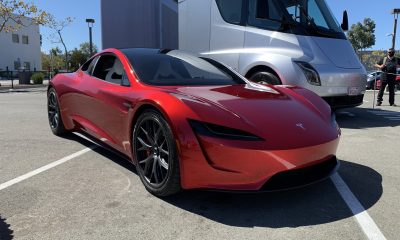
 News2 weeks ago
News2 weeks agoTesla updates fans on its plans for the Roadster







